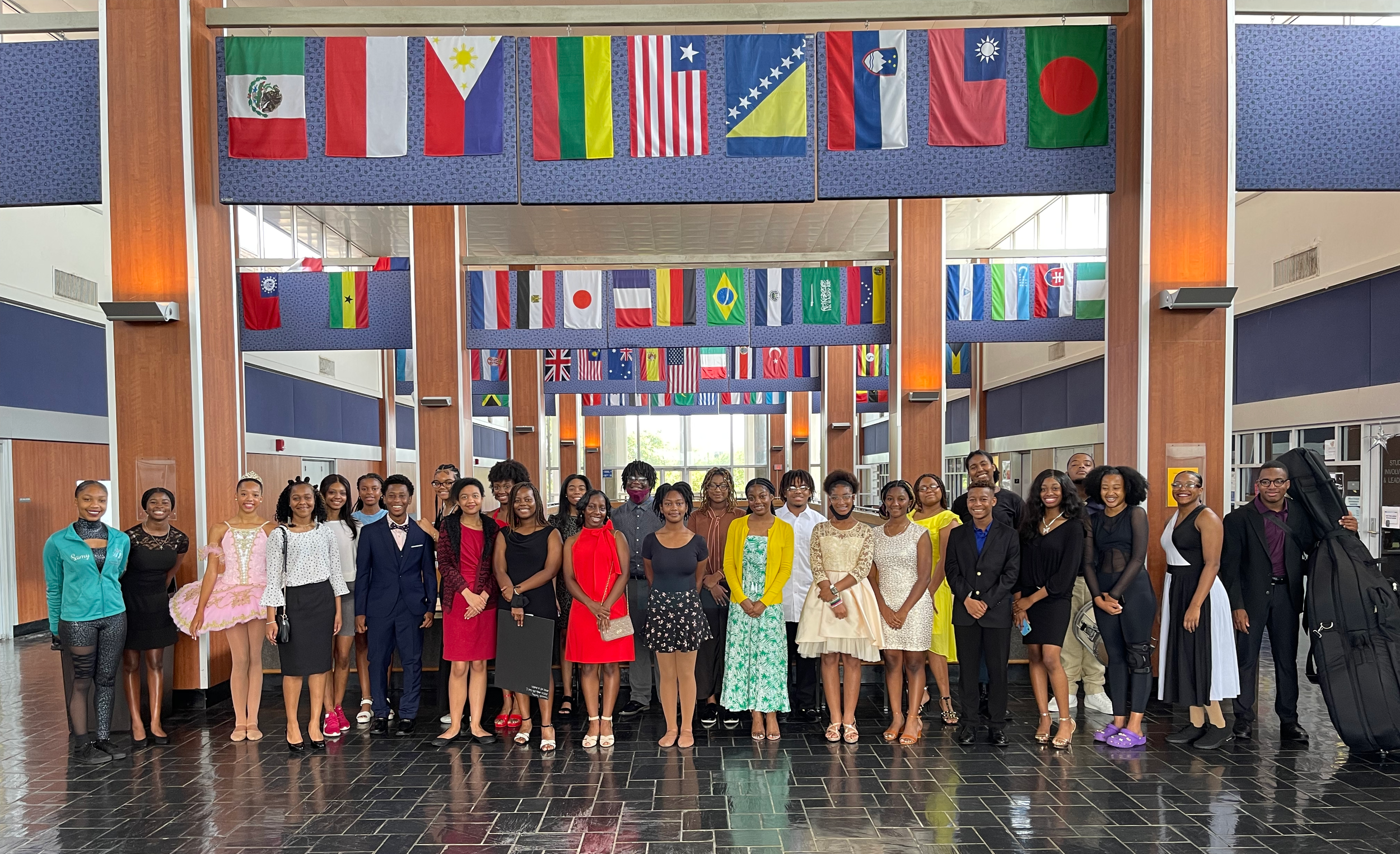
PHYSICS
Theories, principles and laws governing energy and the effect of energy on
matter.
Projects in this category could involve solid state physics, optics, acoustics, particle physics, nuclear
physics, atomic energy, superconductivity, fluid and gas dynamics, thermodynamics,
semiconductors, magnetism, quantum mechanics, biophysics, etc.
The following requirements apply to Biology/Microbiology; Chemistry/Biochemistry; Computer
Science; Earth and Space Sciences; Engineering; Mathematics; Medicine and Health; and Physics.
1. Only one (1) project can be entered per competition.
2. Submit one copy of a double-spaced scientific paper to accompany the project
to be submitted. The content of the paper, which should not exceed twenty
(20) pages, should include: a short introduction describing the background and
purpose of the work, an experimental section including both methods and
results, and a concluding section discussing the results and their implications.
Tables, graphs, charts, maps, photographs, raw statistical data, etc. should be
included whenever possible. They must also include references used and
acknowledgements of any individuals who served as direct academic resources.
The student’s name, page number and unit name and number must be on
the top of each page. Supporting documents must be submitted with the
scientific paper.
3. The contestant is to make an oral presentation (minimum 5 minutes). This
time limit does not include the time required for judge’s questions and
contestant to responses.
4. Contestants are responsible for providing their own equipment.
5. Contestants must provide a display board for each qualifying entry. No display
boards are permitted to appear in more than one competition. Additionally, the
content of each display board must be relevant to the competition. Items used for
demonstrations can be transferred if needed.
6. The National NAACP ACT-SO Program will provide electrical power and
display tables upon request by the posted deadline.
7. Contestants must submit a STEM Verification Form from a qualified scientist
or science teacher with an earned professional degree or license. This person
can also serve as a coach, working closely with the student during the course
of the project to ensure the accuracy of the student’s research and
qualifications for entry. A STEM Verification Form music be submitted for each STEM area of Competition
Projects will be judged by the following criteria:
• Quality of Research
➢ Scientific Approach/Method (20)
➢ Validity of Information (10)
➢ Validity of Conclusion(s) (10)
• Depth of Understanding Oral Presentation
➢ Knowledge Gained and Creativity (20)
➢ Thoroughness & Individual Work (20)
• Written Report (10)
• Visual Presentation (10)
Click here for requirements.